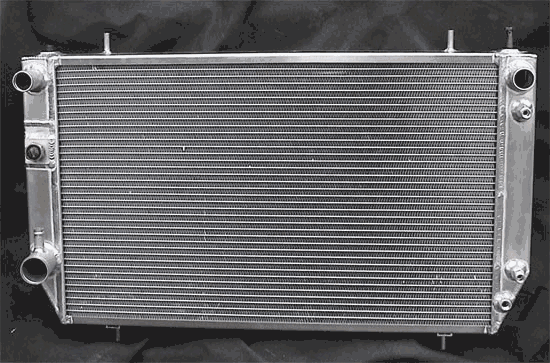TYPES OF HEATING
Convectors
These are certainly very economical to purchase and work due to the fact that cold air is drawn in through the bottom of the heater, which then manages to get warm from the contact electrical resistance and then allows the heat to spring from the top.

The radiant
These devices distribute heat more gently and pleasantly as convectors. A resistance plate transfers heat through a steel front and moves in a straight line. The heat is therefore better distributed throughout the room.
Gentle heat radiators
They make for a permanent hot spot. Resistance transmits heat to the heating element, which stores it in order to distribute in a soft and uniform manner. The even heat provided is comparable to central heating.
Radiators inertia
Again, these provide comfortable heating which is comparable to central heating. The heat is spread economically from the unit.
RADIATOR DEVICE TYPES
As well as these types of heating there are two main devices which are frequently used to distribute the heat:-
Inertia coolant:
This contains a coolant which is immersed in an electrical resistance and provides surface heating.
In dry strength:
The inertia of this type of radiator is obtained by heat building up a resistance in solid material, for example, steatite, cast iron or ceramics.
Other factors you would need to consider would include the actual function of the room itself. As an example, a nursery environment would not be appreciative of a harsh heat. Also, the equipment used shouldn’t get too hot in case it could burn a small child. Something that would release a gentler form of heat would be much more reasonable and safe.
A few examples of this have been detailed below:-
Recommendation of equipment best suited for your room
o Entry and room: convector radiator.
o Nursery: inertia or gentle heat.
o Kitchen and bathroom: radiating fluid blowing.
o Dining: gentle heat.
Calculation of the heating power
The exact power to be recommended will depend on the volume to be heated, the quality of the insulation and the climate zone where the house is located.
For a home to be properly insulated to the climate zone average, it would take about 100 W m -2.
How much power should be used to heat a surface?
o For a piece of 5 m2: 500 W
o For a room of 10 m2: 1000 W
o In a room of 15 m2: 1500 W
o For a room of 20 m2: 2000 W
This article was written by Gary Smalls from www.agadon.co.uk, experts in Modern Radiators.

